C++中map的遍历
一 点睛
map数据的遍历,也有3种方法
- 应用前向迭代器方式
- 应用后向迭代器方式
- 应用数组方式
二 map反向迭代器的使用实战
1 代码
#include <map>#include <string>#include <iostream>using namespace std;int main(){map<int,string> mapStudent;mapStudent[1] = "student_one";mapStudent[2] = "student_two";mapStudent[3] = "student_three";map<int, string>::reverse_iterator iter;for(iter = mapStudent.rbegin(); iter != mapStudent.rend(); iter++){cout<<iter->first<<" "<<iter->second<<endl;}return 0;}
2 运行
[root@localhost charpter03]# g++ 0323.cpp -o 0323[root@localhost charpter03]# ./03233 student_three2 student_two1 student_one
3 说明
iter是一个反向迭代器reverse_iterator,它需要rbegin()和rend()方法指出反向遍历的起始位置和终止位置。注意,前向遍历一般是从begin()到end()遍历,而反向遍历则是从ebegin()到rend()
三 用数组方式遍历map
1 代码
#include<map>#include<string>#include<iostream>using namespace std;int main(){map<int,string> mapStudent;mapStudent[1] = "student_one";mapStudent[2] = "student_two";mapStudent[3] = "student_three";int iSize = mapStudent.size();for(int i = 1; i <= iSize; i++){cout<<i<<" "<<mapStudent[i]<<endl;}return 0;}
2 运行
[root@localhost charpter03]# g++ 0324.cpp -o 0324[root@localhost charpter03]# ./03241 student_one2 student_two3 student_three
3 说明
用size()方法确定当前map中有多少元素。用数字访问vector时,下标是从0-(size-1),而用数字访问map,却是从1~size,这是有所不同的。


























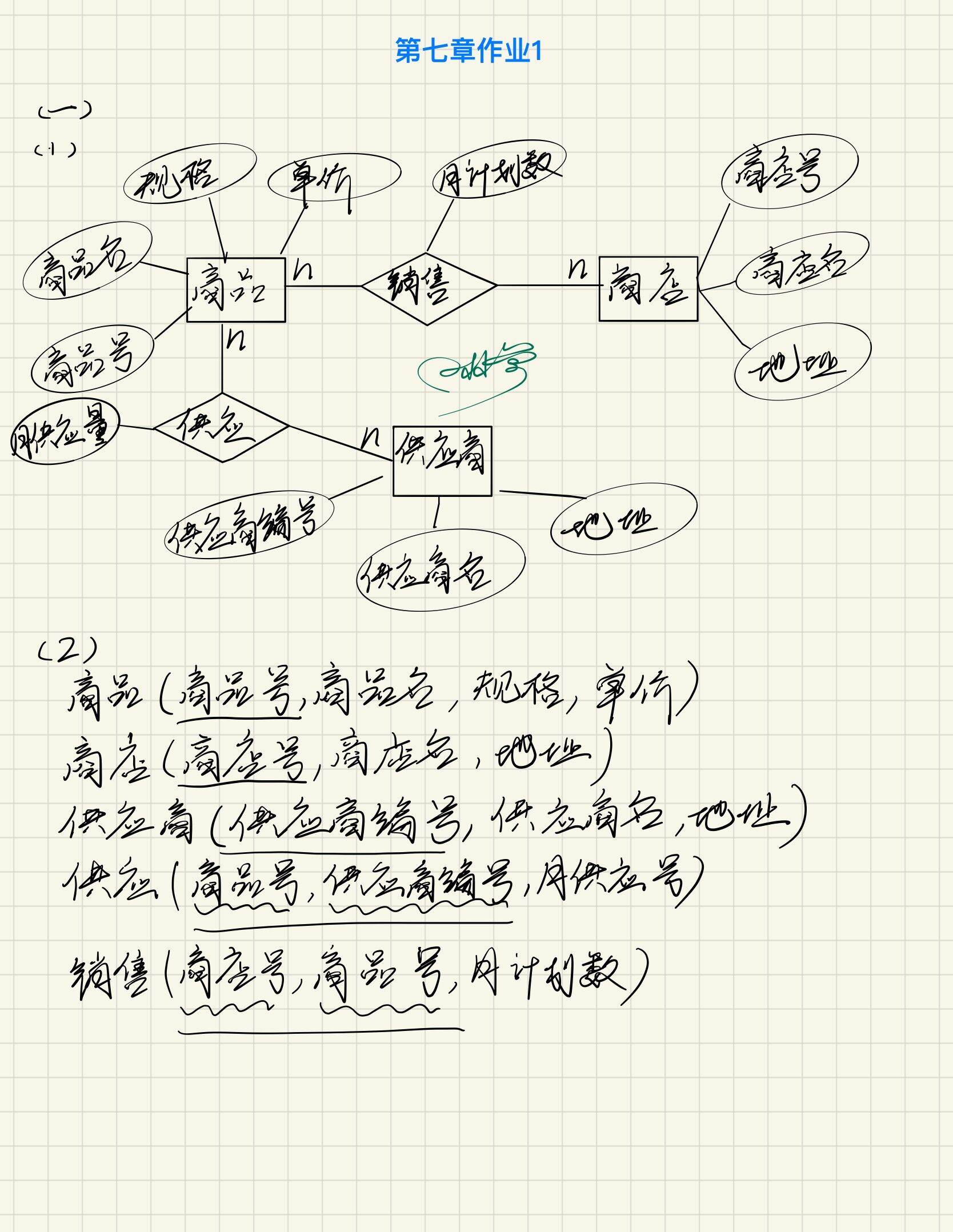
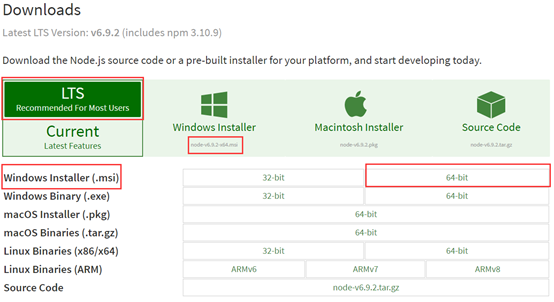
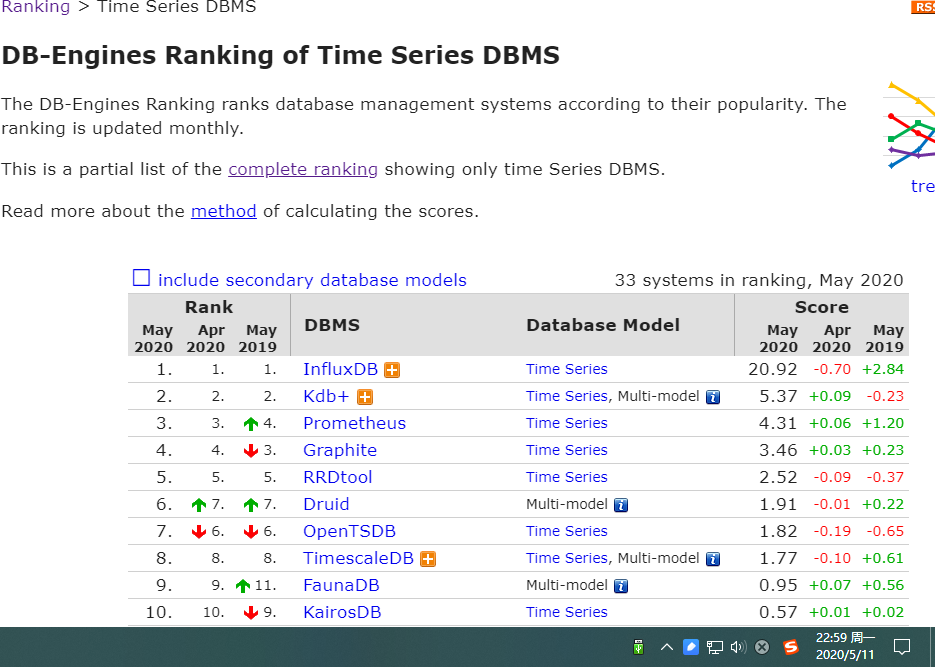
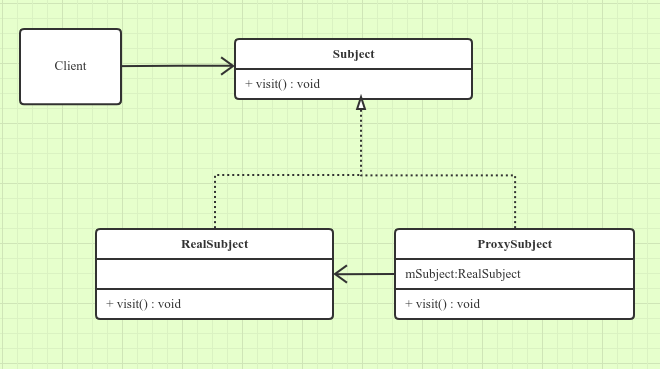
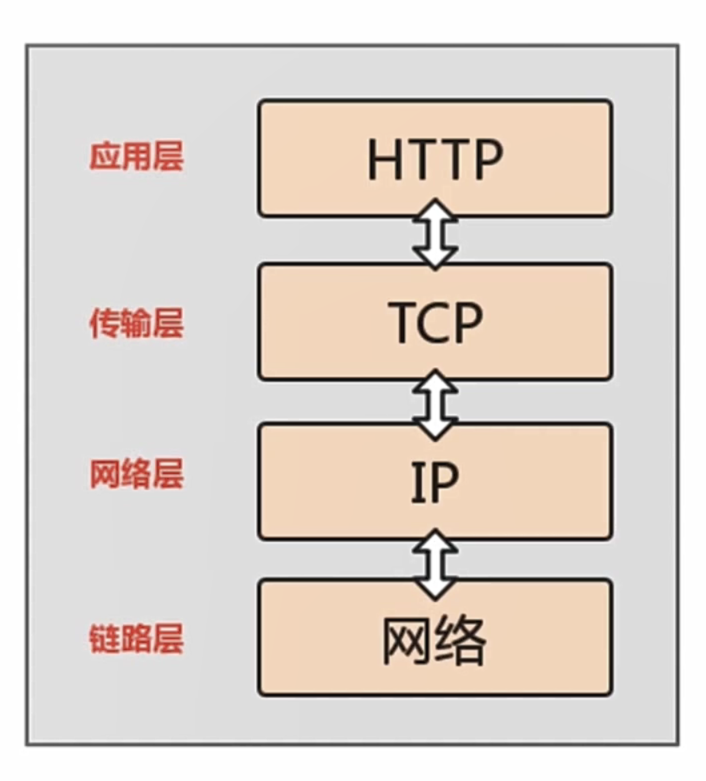
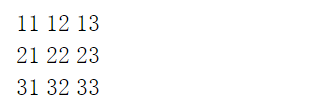



还没有评论,来说两句吧...